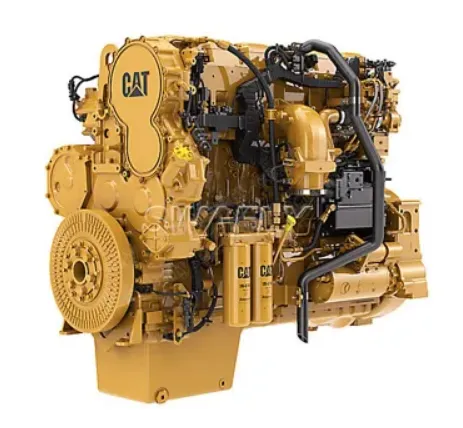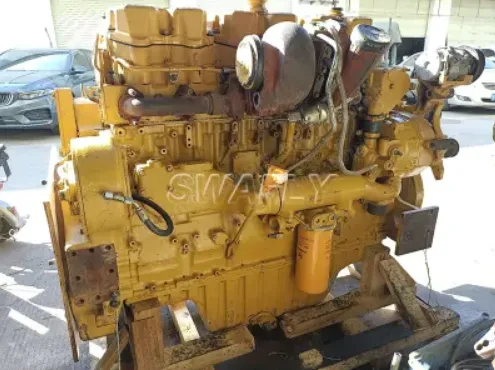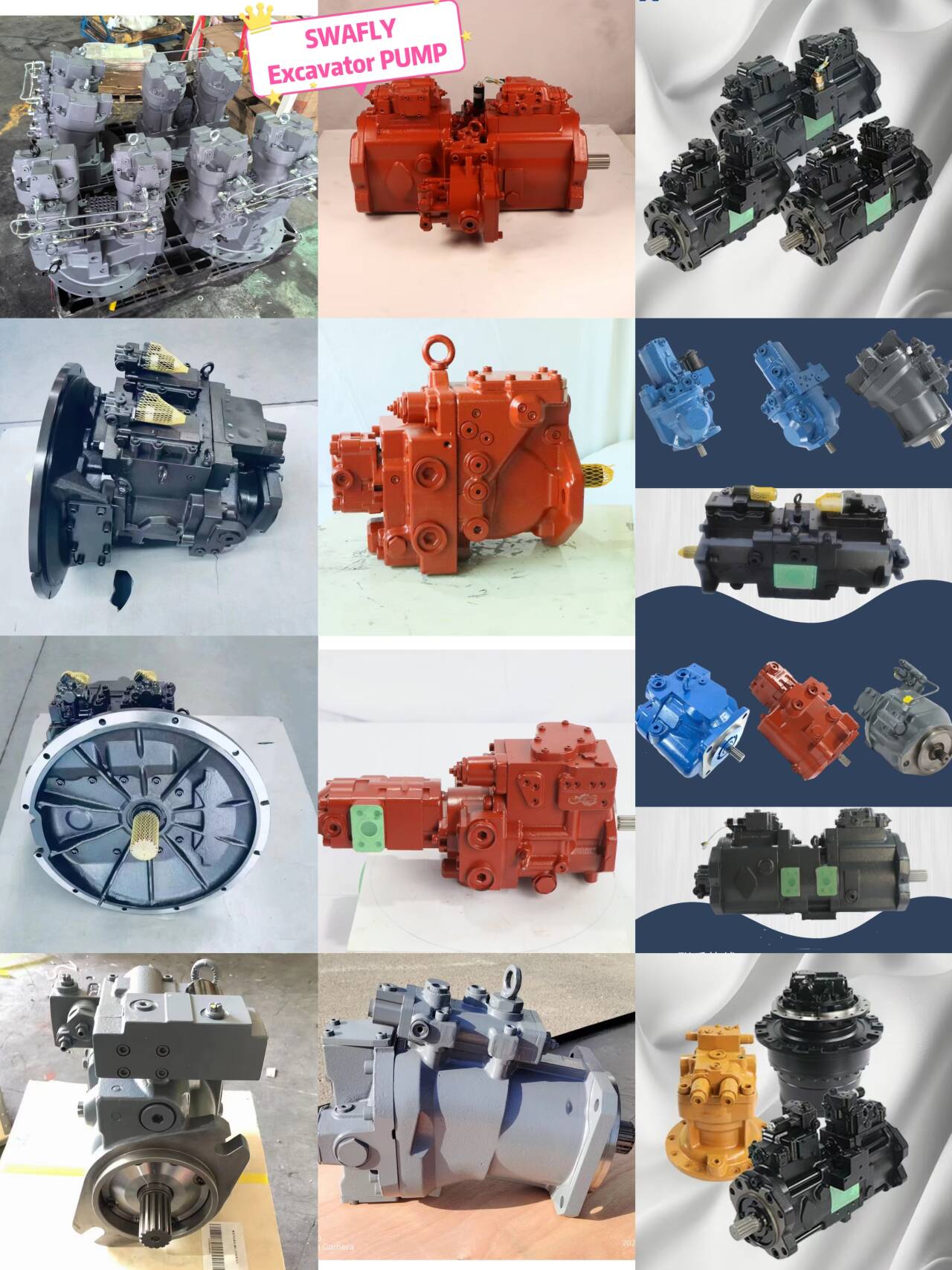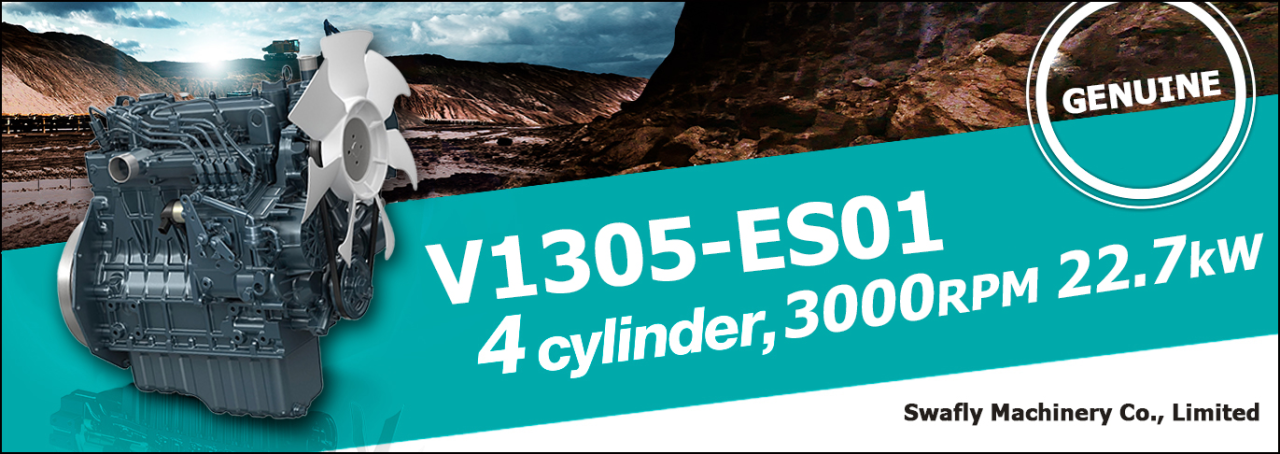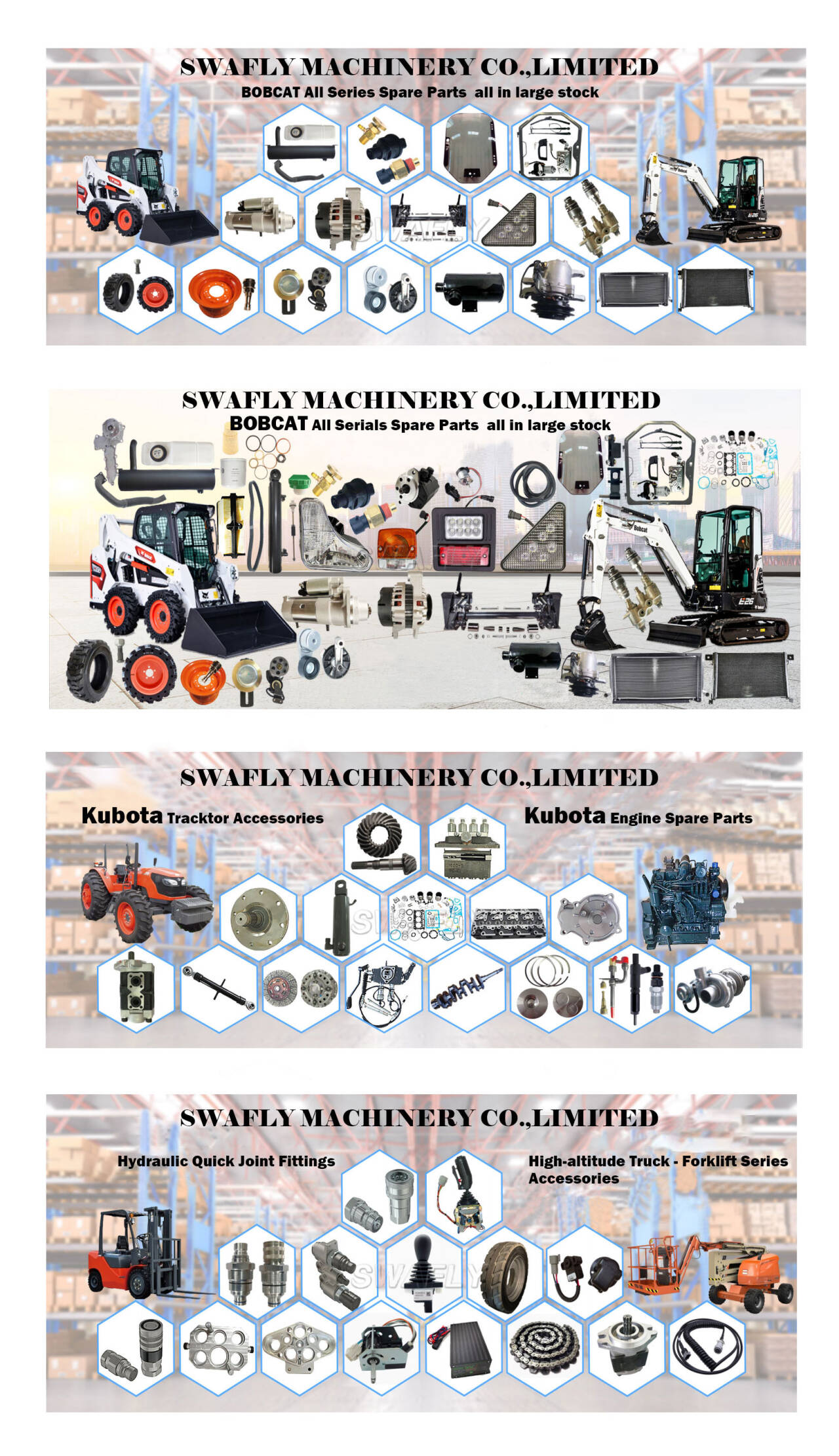Diesel Engines — at the Heart of Heavy Machinery
Time:
2023-11-16
Diesel engines have long been the backbone of various industries worldwide since their inception by Frenchman Rodulf Diesel in 1892. Their integral role in powering heavy machinery, including trucks, ships, submarines, and trains, has shaped the course of industrial development.
Diesel engines have long been the backbone of various industries worldwide since their inception by Frenchman Rodulf Diesel in 1892. Their integral role in powering heavy machinery, including trucks, ships, submarines, and trains, has shaped the course of industrial development. In this comprehensive guide, we delve into the inner workings and nuances of diesel engines, exploring the differences between four-stroke and two-stroke engines, their operational mechanisms, efficiency, and applications.
Understanding Four-Stroke Diesel Engines
A fundamental principle underlying diesel engines is their functioning as internal combustion units. These engines operate in four distinct stages, each contributing to the generation of power within the engine:
Intake Stage
The process initiates with the intake stage, wherein air is drawn into the cylinder through an inlet valve. This influx of air causes the piston to move downwards within the cylinder.
Compression Stage
Following the intake stage, the compression stage ensues. Here, the air inlet valve closes, and the piston ascends, compressing the air within the cylinder. Simultaneously, diesel fuel is injected into the engine through the central fuel injection valve. This compression raises the temperature of the air significantly.
Powering Stage
Subsequently, the compressed air-fuel mixture ignites, driving the piston downward. This ignition leads to the combustion of the mixture, generating power that propels the crankshaft, thereby powering the wheels of the machinery.
Exhaust Stage
Concluding the cycle, the exhaust stage commences. At this stage, the outlet valve at the top of the engine opens, releasing exhaust gases generated during the combustion process. These gases are expelled from the cylinder as the piston returns.
Differentiating Two-Stroke Diesel Engines
In contrast, two-stroke diesel engines exhibit notable differences in their operational cycles compared to four-stroke engines, resulting in distinct advantages and considerations:
Exhaust and Intake Stage
Two-stroke engines follow a simplified process. They draw in fresh air while expelling exhaust air simultaneously through separate valves, streamlining the process and enhancing efficiency.
Compression Stage
Similar to the four-stroke engines, the compression stage in two-stroke engines involves the upward movement of the piston, compressing the air within the cylinder. Upon reaching the top, fuel injection occurs, ensuring spontaneous ignition.
Powering Stage
The ignition of the compressed air-fuel mixture triggers the powering stage, propelling the piston downwards and initiating the driving force on the crankshaft, which subsequently transmits power to the wheels.
Comparative Analysis and Applications
While four-stroke engines operate on a cycle that spans four stages, two-stroke engines complete their cycle in three stages. This fundamental disparity contributes to the inherent differences in efficiency, power generation, and maintenance requirements between the two engine types.
Four-stroke engines, despite their slightly complex operational sequence, deliver consistent power output and tend to be more durable due to lower wear and tear. On the contrary, two-stroke engines excel in efficiency, leveraging power generation during each rotation, albeit demanding increased cooling and lubrication mechanisms to sustain higher power outputs.
The choice between these engine types often hinges on the specific requirements of the machinery and the industry it serves. While four-stroke engines find widespread application in larger vehicles like trucks and ships, two-stroke engines, with their compactness and efficiency, are commonly employed in smaller-scale machinery.
Reasons Why Heavy Machinery Prefers Diesel Engines
There are several compelling reasons why heavy machinery gravitates towards diesel engines, solidifying their position as the powerhouses behind industrial operations:
1. Efficiency
Diesel engines offer unparalleled efficiency in heavy machinery due to their unique combustion properties. Their ability to combust fuel efficiently, even at moderate temperatures, aligns with the requirements of heavy machinery, which demand higher temperatures and power for ignition. According to Carnot’s theory, an engine's efficiency correlates with the temperature range within which it operates, making diesel's slow combustion process advantageous.
2. Environmental Impact
While diesel engines produce unburned soot particles, they exhibit a notable reduction in CO2 emissions compared to alternative power sources. Reports from the British Society of Motor Manufacturers and Traders highlight diesel-powered machines as contributors to saving approximately 3 million tonnes of carbon from entering the atmosphere. This environmental consciousness has bolstered the purchase of both new and used diesel engines by consumers striving to minimize their carbon footprint.
3. Power Output
Measured in horsepower and torque, an engine's output is crucial for heavy vehicles and machinery. Diesel engines excel in providing substantial torque even at low speeds, a crucial requirement for heavy machinery. This advantage stems from diesel's slower combustion rate compared to petrol, enabling diesel engines to achieve higher torque, essential for initiating movement and powering heavy machinery efficiently.
4. Superior Compression Ratio
The extreme compression ratio and vibration levels are pivotal considerations in engine manufacturing. Diesel engines, well-suited for heavy machinery due to reduced concerns regarding weight and vibration, effectively distribute or dampen vibrations. Modern diesel engines further mitigate noise and vibration, enhancing machinery efficiency while ensuring a smoother operational experience.
5. Reliability and Maintenance
Built to endure compression ignition, diesel engines boast a robust and reliable nature, demanding minimal maintenance. Stemming from a heritage of endurance and reliability, diesel engines require comparatively less upkeep. While older diesel technologies led to heavier engines compared to gasoline counterparts, advancements in manufacturing methods have significantly reduced the weight aspect without compromising reliability.
Conclusion
Diesel engines, in their diverse forms, represent the backbone of numerous industrial sectors. Understanding the intricate workings of these engines—be it the four-stroke engines with their methodical cycle or the efficient two-stroke engines—empowers industries to make informed decisions regarding machinery selection and operational efficiency.
In summary, the choice of diesel engines for heavy machinery remains anchored in their unmatched efficiency, reduced environmental impact, high power output, superior compression ratios, and unwavering reliability—a testament to their enduring role in powering the industrial landscape.
More News

